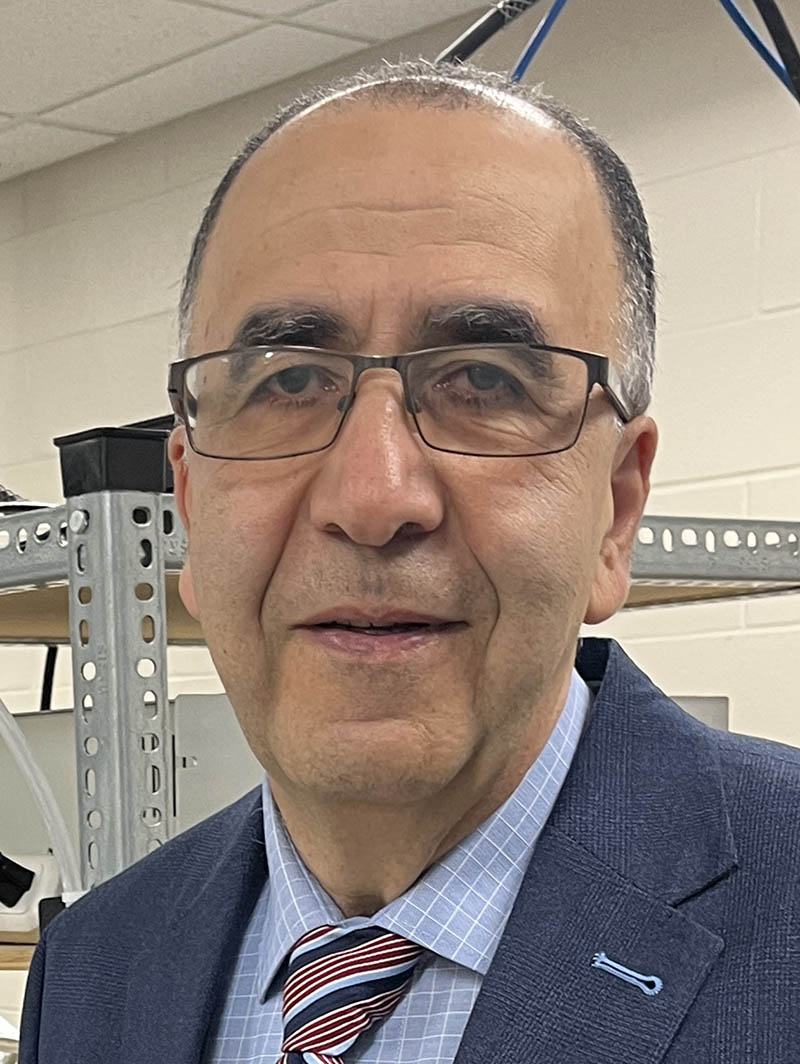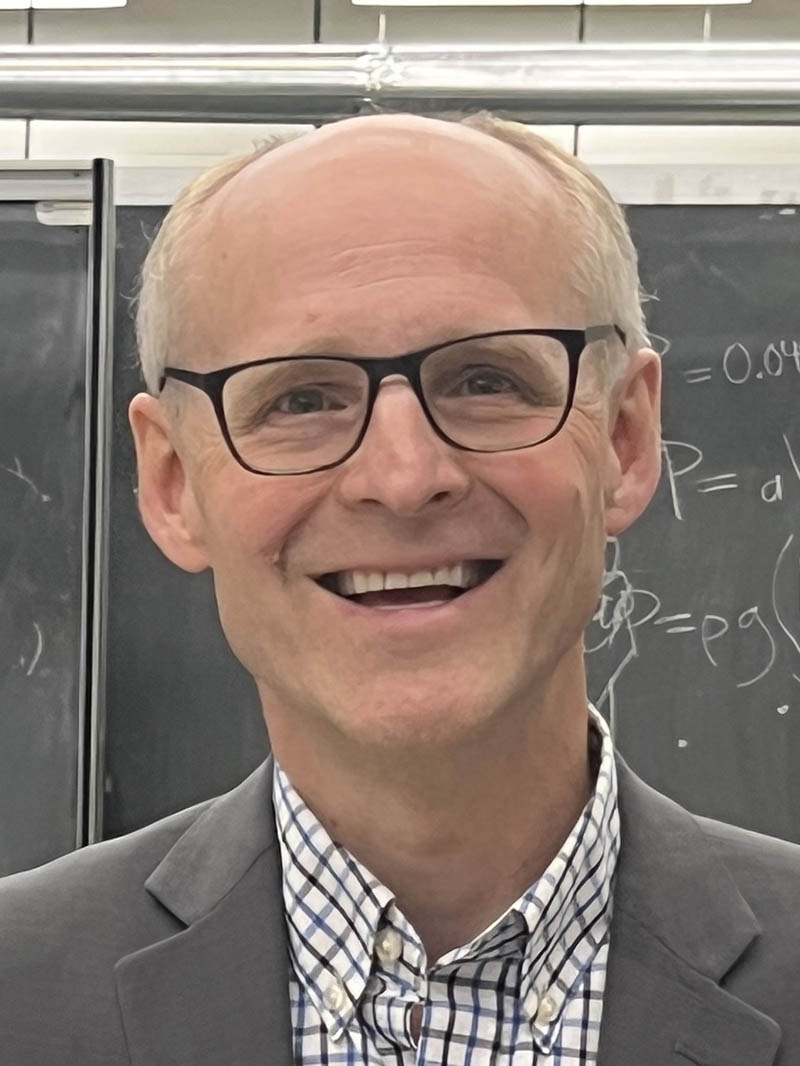USask researchers received more than $8.7 million from the NSERC Discovery Grant program in the most recent round of awards, with 36 different projects receiving funding.
Engineering better active air filters for pollutants and pathogens

Soltan, a chemical and biological engineering professor and the associate dean of research and partnerships in the College of Engineering, has been studying air quality and removing chemical pollutants from the air for well over a decade.
But Soltan said the scope and focus of his work was both highlighted and changed by the onset of the COVID-19 pandemic in 2020. The research project was started with the intent of removing chemical pollutants from the air, but pivoted to focus on viruses and bacteria.
Soltan’s current project explores the use of catalysts to clean airborne pathogens. Artificially polluted air is produced in a lab environment to track exact amounts of various pollutants in the air. By testing reactions with various catalysts and ozone gas to see how they inactivate airborne pollutants, Soltan is hoping to find an efficient, active physical filter to remove pathogens from the air.
“When COVID started, we switched the technology with the hope that we could address airborne pathogens, even a simple cold or flu,” he said. “We think these viruses that are floating in the air, if you can inactivate them with this technology, you can improve the health of the air as well as the quality.”
Soltan said the research could not have evolved the way it has without the support of interdisciplinary colleagues from USask’s College of Engineering and Department of Medicine, helping address the issues of viral and bacterial contaminants.
“Those collaborations are the difference between looking at a two-dimensional picture and a three-dimensional object,” Soltan said. “It is difficult, in a way, but the reward is much, much more than the difficulty because you have a better picture, a more realistic picture, and you get access to a lot of knowledge and facilities that your collaborator brings to the project.”
The project received $250,000 in funding from the NSERC Discovery Grant program, which awards funding to creative and innovative long-term research programs.
Soltan said because the NSERC program is peer-reviewed, receiving a Discovery Grant is a strong sign that the work being funded is both respected and appreciated by other researchers in the field.
“It’s confirmation of the quality of the work that we do,” he said. “Another aspect is the flexibility that the Discovery Grant brings in, because it allows you to follow your discovery, your curiosity. Once you see a better path, a better outcome, you can shift your research to explore that outcome.”
Improving energy efficiency of modern HVAC systems

Simonson, a professor of mechanical engineering and the newly appointed interim dean of the College of Engineering, received $295,000 for research into energy-efficient heating, ventilating and air-conditioning (HVAC) systems.
Simonson’s research is multi-pronged, exploring various ways to improve the energy efficiency of buildings through improved HVAC systems, while still keeping indoor air clean.
“As we improve the energy efficiency of buildings, we still need to bring in fresh air,” he said. “That becomes a larger piece of the energy use in buildings, just providing fresh air, air we want to breathe.”
One aspect of the research project investigates heat and moisture exchangers connected to ventilation systems. These exchangers work to transfer energy from outgoing air to “precondition” incoming air.
Simonson said there are two common types of energy exchangers in commercial buildings: one where heat and moisture transfers through a membrane which separates the incoming and outgoing air, and another where a device stores and releases heat and moisture from the air. As he puts it, a key part of the research is exploring different materials in energy exchange to capture as much energy as possible from the outgoing air without capturing any contaminants along with it.
“We want to move into testing and even material modelling – how can we control those materials so they don’t transfer aerosols or gases and then release them,” Simonson said.
Another part of the Discovery Grant proposal aims to address the frosting of heat pumps for buildings. As emphasis continues to be placed on the decarbonization of energy, Simonson said effective heat pumps will become crucial for heating in cold-weather locations like Saskatchewan – so he and his team are exploring different materials to build frost-free heat pumps to operate efficiently through cold winters.
Like Soltan, this is not Simonson’s first NSERC Discovery Grant. Simonson also said the Discovery Grant is a great benefit for exploring new and important kinds of research and to provide a springboard to seek additional funding to continue this kind of research.
“The NSERC (Discovery Grant) opens doors and creates opportunities that wouldn’t otherwise exist,” Simonson said.
Together, we will undertake the research the world needs. We invite you to join by supporting critical research at USask.
